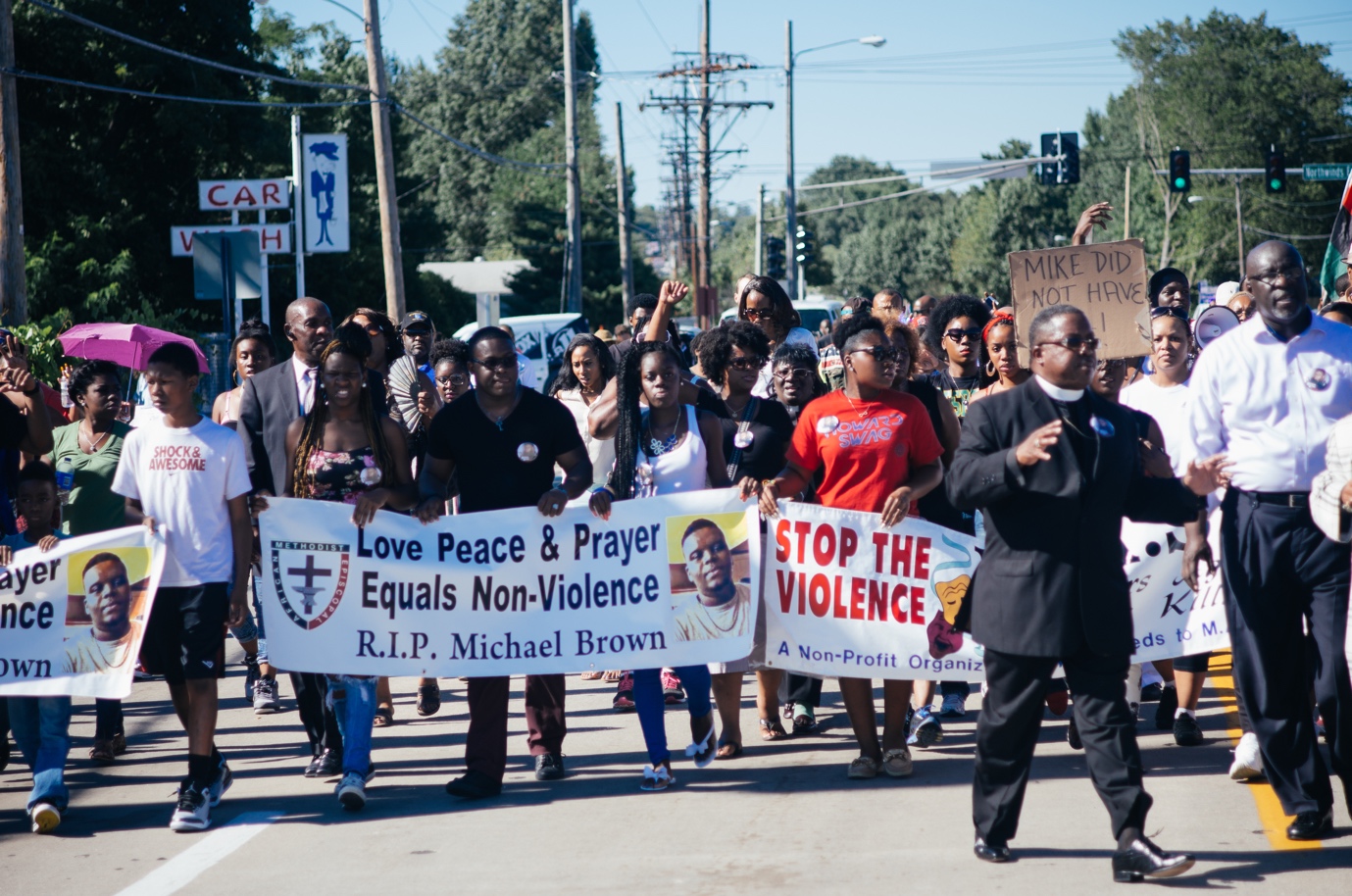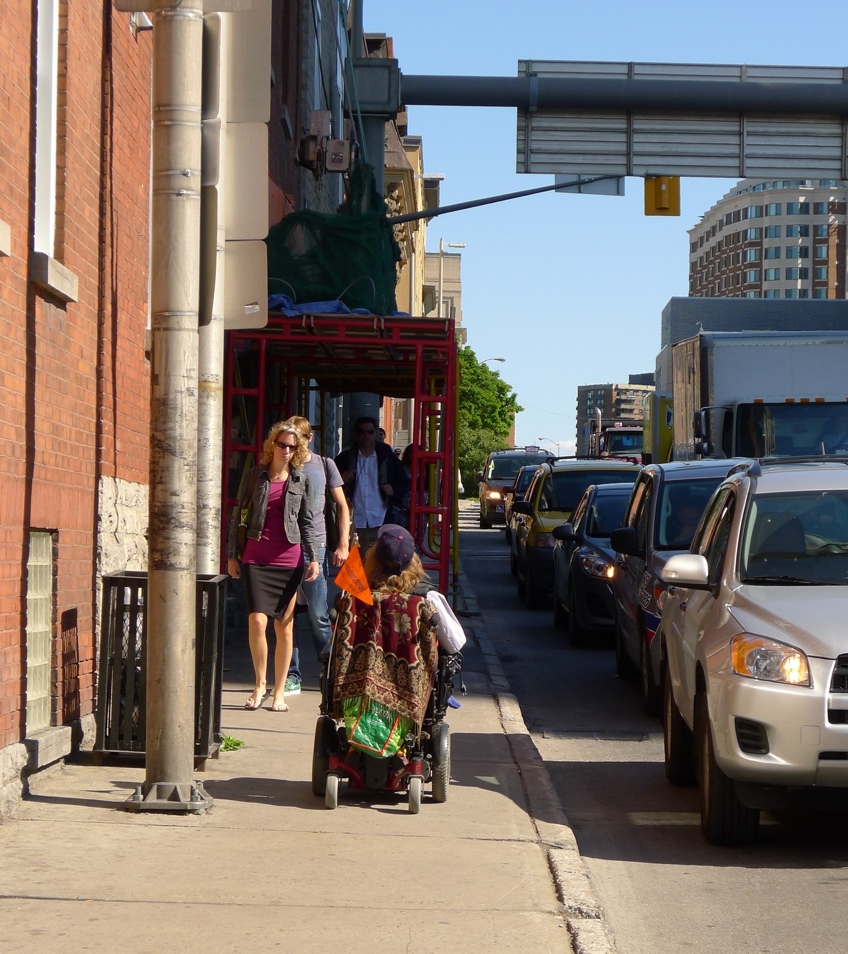Cars and Jails: Freedom Dreams, Debt and Carcerality by Julie Livingston and Andrew Ross, New York: OR Books, 2022, pp. 200
Book review by Ted Schrecker
My colleague Clare Bambra and I began the chapter on work and insecurity in our book on “neoliberal epidemics” (Schrecker and Bambra, 2015) with the story of a young New Jersey woman who died one morning in 2014 as she slept in her 13-year-old car. Ms. Fernandes often slept in the car while shuttling between her three, low-wage jobs in food service; she kept a can of gasoline in the car because she sometimes left the engine running and was worried about running out of gasoline. Apparently, the can accidentally tipped over and the vapours from spilled gasoline ended her life (Swarns, 2014).
Driving while Black
We were concerned mainly with the spread of precarious employment, often involving multiple jobs, among the growing ranks of the working poor. However, the story also foregrounds the indispensability of automobiles in the lives even of people for whom the cost of buying and maintaining them is a constant worry. In Cars and Jails, New York-based professors of Social and Cultural Analysis Julie Livingston and Andrew Ross build on this theme, devastatingly undermining the mythology of automobiles as “freedom machines” and foregrounding the irony of tropes like the Buick "Free Spirit" (Figure 1, below). The book exposes the grim contrast between images of freedom and the reality of a society in which decaying or non-existent public transport creates auto-necessity that drags working people deeper into debt and, especially for people of colour, exposes them to the hazards of pretextual police traffic stops for “driving while Black”. Although the book focuses on the United States (US) with its vicious combination of historical racism and contemporary militarized policing (Balko, 2021), the analysis has much broader application in a world where the risks associated with differential access to mobility are both drivers and manifestations of increasing inequality.

Livingston and Ross begin from the premise that “[f]or most of us, driving a car is non-optional” in North America outside a limited number of metropolitan areas with extensive public transport. This situation itself is not a fact of nature, but an outcome of decades of policy choices that involved, in the US, the retrenchment of existing transit systems with the active support of the automotive industry and the construction of the federally funded interstate highway system. In addition to providing infrastructure that lowered the cost of suburbanization and facilitated “white flight” from the cities, the interstate system often destroyed or isolated established Black urban areas, thus continuing the historical legacy of ‘redlining’ by lending agencies and casting racially discriminatory settlement patterns in concrete. The pattern continues with (for example) the billionaire Koch family financing campaigns opposing the expansion or revitalization of urban transit.
Legal disabilities
The particular focus of Livingston's and Ross’s pioneering transdisciplinary work is how the United States’ auto-centred social fabric affects people, in particular members of racialized populations, who have been incarcerated. The background is a vertiginous rise in incarceration rates starting in the 1970s, partly associated with an increasingly aggressive, violent, and lawless war on drugs. The US imprisons proportionally far more of its citizens than any other formal democracy, with several million people either incarcerated or under “penal supervision” (probation or parole), and Black men imprisoned at six times the rate of white men. Primary data come from interviews with formerly incarcerated people in greater New York City and urban Indiana, carried out as part of the work of the New York University Prison Education Program Research Lab. A distinctive feature of the Lab is that participating students work as “peer researchers” and thus co-producers. The richness of the context and counterpoint the authors provide will come as no surprise to readers familiar with their previous work. Their methodology and narrative style here give voice to a population–in the US, a very large population–often silenced, intensively surveilled, and cut off from multiple aspects of citizenship including entitlement to various benefits and the franchise: a “constellation of legal disabilities … [that] is overwhelmingly repressive” (Wakefield et al., 2016).
Incarcerated men tend to reminisce about the vehicles they owned and drove in the outside world, and a few of the peer researchers are pictured with their vehicles. Once released, they tend to find regaining that level of mobility difficult and costly, even as it is usually necessary for finding work, holding on to it, and keeping appointments with probation or parole officers. Simply re-acquiring a driving licence can involve thousands of dollars in fees and penalties, particularly if the person in question had fines that were unpaid at the time of incarceration. With poor or no credit ratings, the newly released are vulnerable to exploitative lending practices and sky-high interest rates for financing overpriced and unreliable vehicles, and to high prices for the insurance that is required in most jurisdictions. The resulting debt can lead to encounters with collection agencies and ultimately police, “when judges … issue arrest warrants for failure to appear in court on unpaid civil debt judgments.” A disturbing parallel exists here with the so-called sub-prime mortgage market. In the aftermath of the financial crisis brought on by that market’s temporary collapse in 2007-08, and the resulting wave of evictions and foreclosures, Saskia Sassen perceptively wrote that that issuing and then selling-on such high-risk loans is “an efficient mechanism for getting at the savings of households worldwide … that moves faster than extracting profits from lowering wages” (Sassen, 2009).
Shaking down the traffic debtor
An unsettling chapter on “shaking down the traffic debtor” describes a further layer of hardship and exploitation associated with growing reliance by local governments on traffic fines as a source of revenue–a process that came to public attention dramatically after the 2014 police killing of Michael Brown in Ferguson, Missouri (see Figure 2, below) because of a federal Department of Justice investigation. Many people in the low-wage, precarious labour market cannot afford traffic fines, leading to licence suspensions if not a downward spiral of (re)incarceration; “[i]n 2013, Ferguson issued three arrest warrants for every household.” Livingston and Ross document that the problem is widespread, not just localized, and conclude that: “When ticketing is combined with the bias of police profiling through pretextual searches, the rent-seeking looks more and more like a racially driven extortion racket.” And as the cases of Michael Brown and literally hundreds of other casualties show, “driving while Black” is always accompanied by the realization that any minor encounter with police, which can be triggered by myriad trivial contraventions of vehicle regulations that present no safety issues, can turn deadly. Almost 600 people were killed by US police after traffic stops from 2017 through 2021, and more than 30,000 people were killed by police in all circumstances between 1980 and 2018, with Black people more than three times as likely as white people to be victimized. The wall of silence that often surrounds such killings persists in part because official data, as distinct from data compiled from multiple sources by organizations like Mapping Police Violence, remain seriously incomplete.

Political pathologies and their patterns
The publication of Cars and Jails comes at an appropriate time given (at this writing) the police killing of Tyre Nichols as the latest in a long line of such events, atypical only in terms of the speed with which the officers involved were dismissed and criminally charged. It is tempting, but wrong, to regard the book as having limited applicability outside the US, with its distinctive collection of political pathologies. True, that country’s racially skewed incarceration rate and frequency of police violence are outliers, but some differences are of degree rather than kind. For example (and these are just examples), between 2014 and 2017 Black and Indigenous people were four or five times more likely than white people to be “street checked” by police in Montreal, Canada. The number of police killings is rising rapidly in Canada, with Black and Indigenous people disproportionately likely to be killed (where the race of the victim was known). Black people were seven times as likely as white people to die after police restraint in the United Kingdom between 2012-13 and 2020-21. A broader issue involves those who are excluded from auto-mobility for a variety of reasons additional to those discussed by Livingston and Ross, including not only finances (more relevant than ever in the current cost-of-living crisis) but also age, (dis)ability and other factors including simple disinclination to allocate a large share of the household budget to getting around. For them, transport-related desperation can become routine, and even when desperation is not involved images like Figure 3, below, photographed just over a kilometre from Parliament Hill in Canada’s national capital, invite us to contrast the “freedom” enjoyed by drivers (including, of course, being stuck in traffic) with that of the sidewalk users. To be fair, the pedestrian-friendliness of Ottawa city centre has improved somewhat since then; that of its suburbs, like that of most suburbs, has not.

Looking to the future, electrification of private vehicles in the interests of decarbonization may achieve many things, but it will not reduce inequalities in access to mobility or their consequences. For that, initiatives like major and innovative investments in public transport will be needed, as well as attention to making cityscapes more accessible without driving, as the urban districts where cars are least needed are priced out of reach of those who would benefit most from living there. The “15 minute city” organized around making basic services accessible by walking, cycling or transit and maximizing green space is one promising direction, although with limited application to rural areas like those in much of Canada where the isolation of those without access to a vehicle must be seen at first hand to be understood (cf. Alhassan et al., 2021). Sadly, in the current political environment of deepening inequality of resources and influence such directions–like the policing and regulatory reforms that Livingston and Ross enumerate–are as improbable as they are morally imperative.
Works Cited
Alhassan, J. A. K., Abonyi, S., Neudorf, C. and Hanson, L. (2021). “It feels like somebody cut my legs off”: Austerity, transportation and the “web of dispossession” in Saskatchewan, Canada. Social Science & Medicine, 282, 114147.
Balko, R. (2021, revised edition). Rise of the Warrior Cop: The Militarization of America’s Police Forces. New York: Public Affairs.
Sassen, S. (2009). When Local Housing Becomes an Electronic Instrument: The Global Circulation of Mortgages–A Research Note. International Journal of Urban and Regional Research, 33, 411-426.
Schrecker, T. and Bambra, C. (2015). How Politics Makes Us Sick: Neoliberal Epidemics. Basingstoke: Palgrave Macmillan.
Swarns, R.L. (2014, Sept. 29). For a Worker with Little Time Between 3 Jobs, a Nap Has Fatal Consequences. New York Times.
Wakefield, S., Lee, H., and Wildeman, C. (2016). Tough on Crime, Tough on Families? Criminal Justice and Family Life in America. The ANNALS of the American Academy of Political and Social Science, 665, 8-21.
Photo credits
Figure 1: Reole1485. Reproduced without change under a Creative Commons Attribution-Share Alike 4.0 International licence.
Figure 2: Jamelle Bouie. Reproduced without change under a Creative Commons Attribution 2.0 Generic licence.
Figure 3: Ted Schrecker.
About the Author
Ted Schrecker is a Canadian political scientist who moved to the United Kingdom in 2013 to work first at Durham University and then at Newcastle upon Tyne University, where he is Emeritus Professor of Global Health Policy. In retirement, he returned to Canada, settling in the Maritimes. An unreconstructed motorhead, he is the automotive counterpart of the “Marxist with a subscription to Dwell magazine” ironically referred to by Livingston and Ross. He can be reached at theodore.schrecker@newcastle.ac.uk
Managing editor for this contribution: Laura Bisaillon